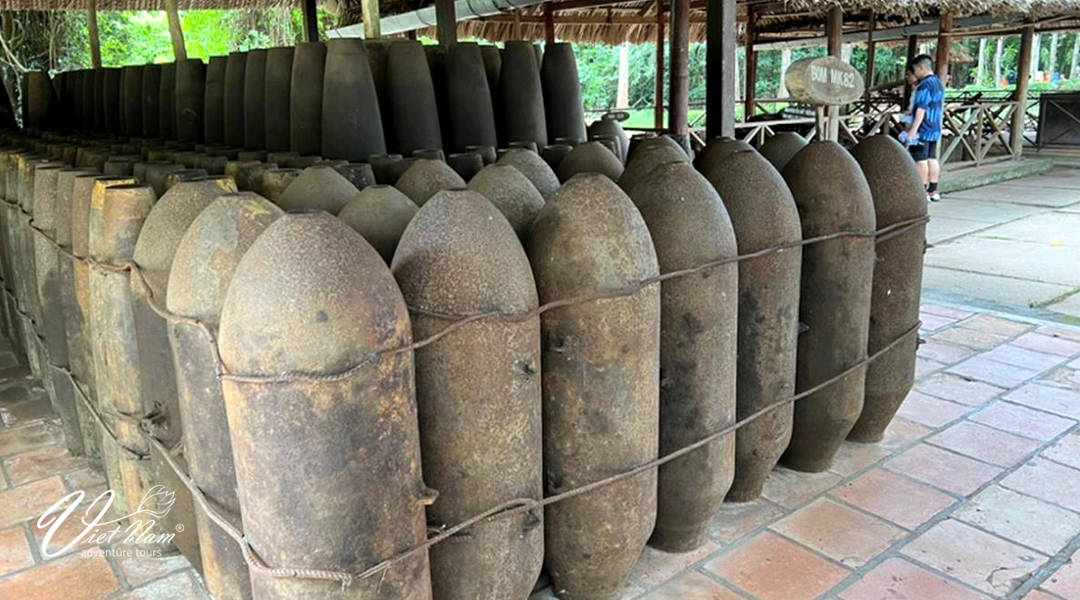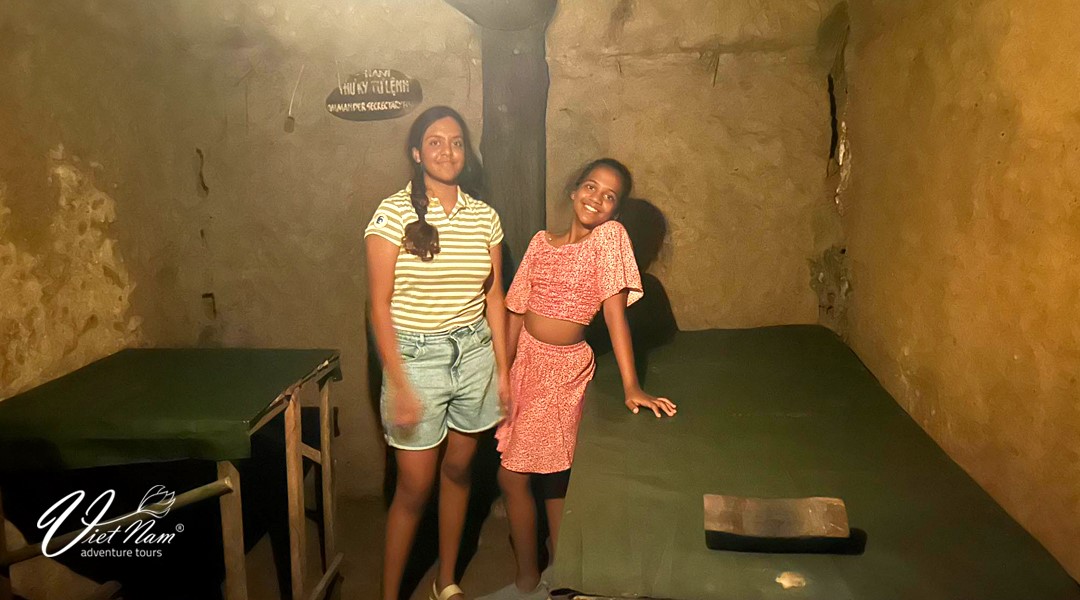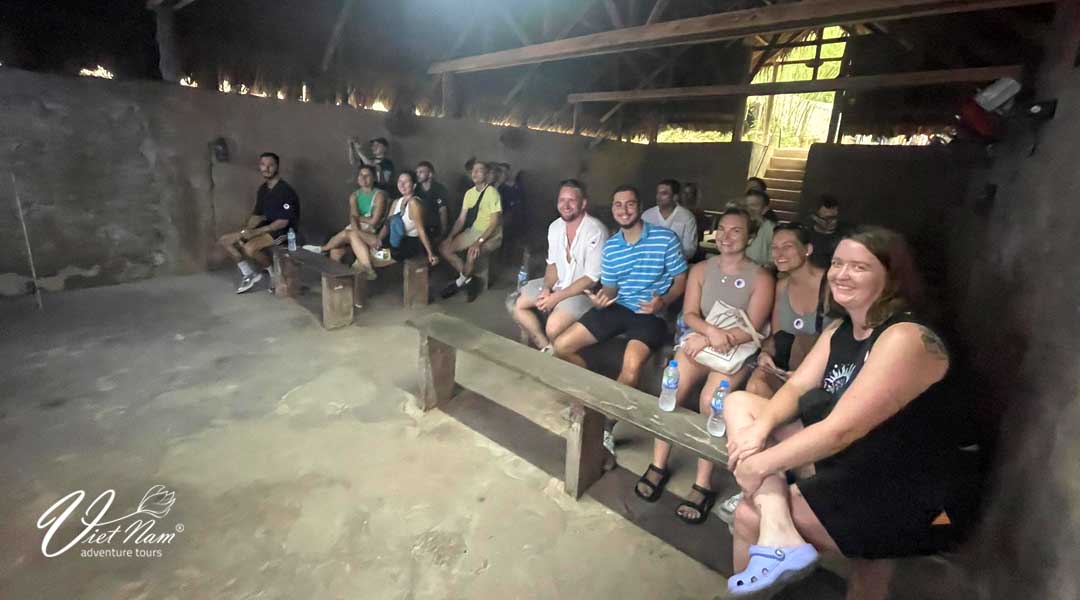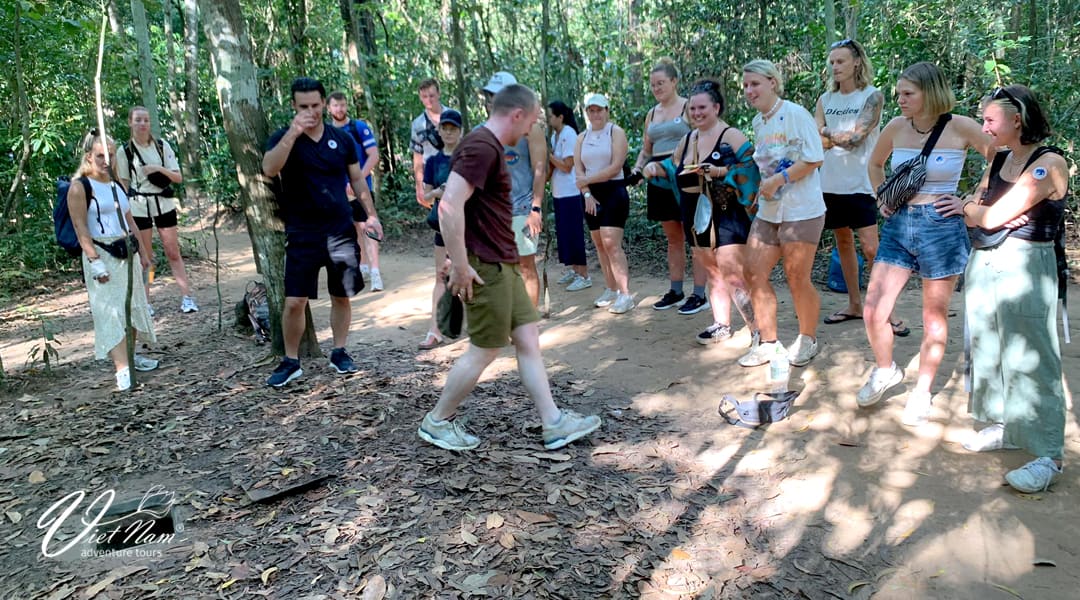The Cu Chi Vietnam War is a significant event in history that has left a huge impact on both Vietnam and the world. This long and brutal conflict, which lasted for almost two decades, has shaped the political landscape of Southeast Asia and changed the course of modern warfare. In this article, we will delve into the history of the Cu Chi Tunnels Of Vietnam, its impact on the people involved, and how it has influenced war strategies and tactics.
Overview of the Cu Chi Vietnam War
The Cu Chi Vietnam War was a military campaign that took place between 1955 to 1975 in the Cu Chi district of South Vietnam. It was part of the larger Vietnam War, a Cold War-era proxy war that pitted North Vietnam, supported by the Soviet Union and China, against South Vietnam, backed by the United States and its allies.
The Cu Chi district, located just 25 miles northwest of Saigon, was strategically important due to its close proximity to the capital city. It was also home to the Cu Chi tunnels, an extensive network of underground passageways used by the Viet Cong (VC) – communist insurgents fighting the South Vietnamese government and its allies.

The Role of the Cu Chi Tunnels in the War
The Cu Chi tunnels were first constructed by the Vietnamese resistance fighters during their fight against French colonial rule in the late 1940s. They were later expanded and improved upon by the VC during the Vietnam War as a means to evade enemy attacks and move supplies and troops undetected.
These tunnels were a complex underground system that stretched for over 120 miles and included living areas, hospitals, command centers, and weapon storage facilities. They were well-equipped with booby traps, ventilation systems, and escape routes, making them nearly impenetrable to the US and South Vietnamese forces.
The Cu Chi tunnels played a crucial role in the war as they allowed the VC to launch surprise attacks on their enemies and maintain supply lines. They also served as hiding spots for civilians during bombing raids and were used to smuggle weapons and supplies from North Vietnam.
View more:
- Cu Chi Tunnels entrance fee: A Comprehensive Guide to Exploring History and Culture
- Cu Chi Tunnels Review: Unveiling Vietnam’s Ingenious Underground Network
The Human Cost of the War
The Cu Chi Vietnam War was a brutal conflict that had a devastating impact on the people involved. It is estimated that over 3 million people lost their lives, with civilian casualties making up about two-thirds of the total death toll. This included innocent men, women, and children who were caught in the crossfire or became victims of chemical warfare.
One of the most infamous incidents of the war was the use of Agent Orange, a toxic herbicide sprayed by the US military to destroy vegetation and expose the Viet Cong’s hiding spots. However, this chemical also caused severe health issues, including birth defects and cancer, for generations to come.

The Resilience of the Vietnamese People
Despite the horrors of the war, the Vietnamese people showed incredible resilience and determination to fight for their country’s independence. Civilians, especially women, played a crucial role in the war effort by providing food, shelter, and medical aid to the soldiers. They also helped construct and maintain the tunnel system and acted as spies and couriers for the VC.
The war also brought about significant advancements in technology and warfare tactics for the Vietnamese, as they had to rely on creative and unconventional means to combat a much larger and better-equipped enemy.
How to Use the Lessons of the Cu Chi Vietnam War
The Cu Chi Vietnam War serves as a cautionary tale of the dangers of foreign intervention and the devastating consequences of chemical warfare. It also highlights the importance of understanding the local terrain and utilizing unconventional tactics in modern warfare.
For military strategists and policymakers, the Cu Chi Vietnam War offers valuable lessons on the effectiveness of guerrilla warfare and the potential impact of asymmetrical conflicts. It also emphasizes the importance of considering the cultural and historical context when engaging in foreign conflicts.
Examples of the Cu Chi Vietnam War in Modern Times
The lessons learned from the Cu Chi Vietnam War have been applied in various conflicts around the world, such as the wars in Afghanistan and Iraq. In these conflicts, insurgent forces have utilized similar tactics to those used by the VC, including the use of underground tunnels and improvised explosive devices (IEDs).
Furthermore, the Cu Chi tunnels have become a popular tourist attraction, with visitors able to experience crawling through the narrow passageways and learning about the war’s history firsthand.

Comparisons to Other Wars in History
The Cu Chi Vietnam War has often been compared to other infamous conflicts in history, such as the Korean War and the Second Indochina War (commonly known as the Vietnam War). Like the Cu Chi War, both of these wars also involved foreign intervention and had severe impacts on civilians.
However, what sets the Cu Chi Tunnel Vietnam War apart is the extensive use of underground tunnel networks, which proved to be an effective tool for the VC in their fight against a much more powerful enemy.
Recommendations for Understanding the Cu Chi TunnelsVietnam War
To fully understand the complexities of the Cu Chi Vietnam War, it is crucial to look beyond just the military aspect. The war’s political, social, and cultural factors must be taken into account to gain a comprehensive understanding of its impact.
It is also important to listen to the perspectives of all parties involved, including the Vietnamese people, to gain a more complete picture of the conflict. Additionally, visiting sites like the Cu Chi tunnels can provide a deeper understanding of the war’s realities and its lasting impact on the region.

Conclusion
The Cu Chi Vietnam War remains a significant event in history, one that has left a lasting impact on Vietnam and the world. Its complexities and consequences have shaped modern warfare and taught valuable lessons that continue to be relevant today. By understanding the full scope of this conflict, we can gain a deeper appreciation for its impact and learn from its mistakes to prevent similar tragedies in the future.
Check out the Cu Chi tour at Vietnam Adventure to learn more about the glorious history of this historic land.

 Ms.Katie
Ms.Katie